I. Introduction
Welcome to the ultimate guide for all things related to HOKA shoes! Whether you’re an avid runner or simply looking for comfortable footwear options, this article is here to provide you with valuable insights into where these popular athletic shoes are made, how they should be cleaned and maintained properly, who manufactures them, as well as discussing their pros and cons along with ownership details.
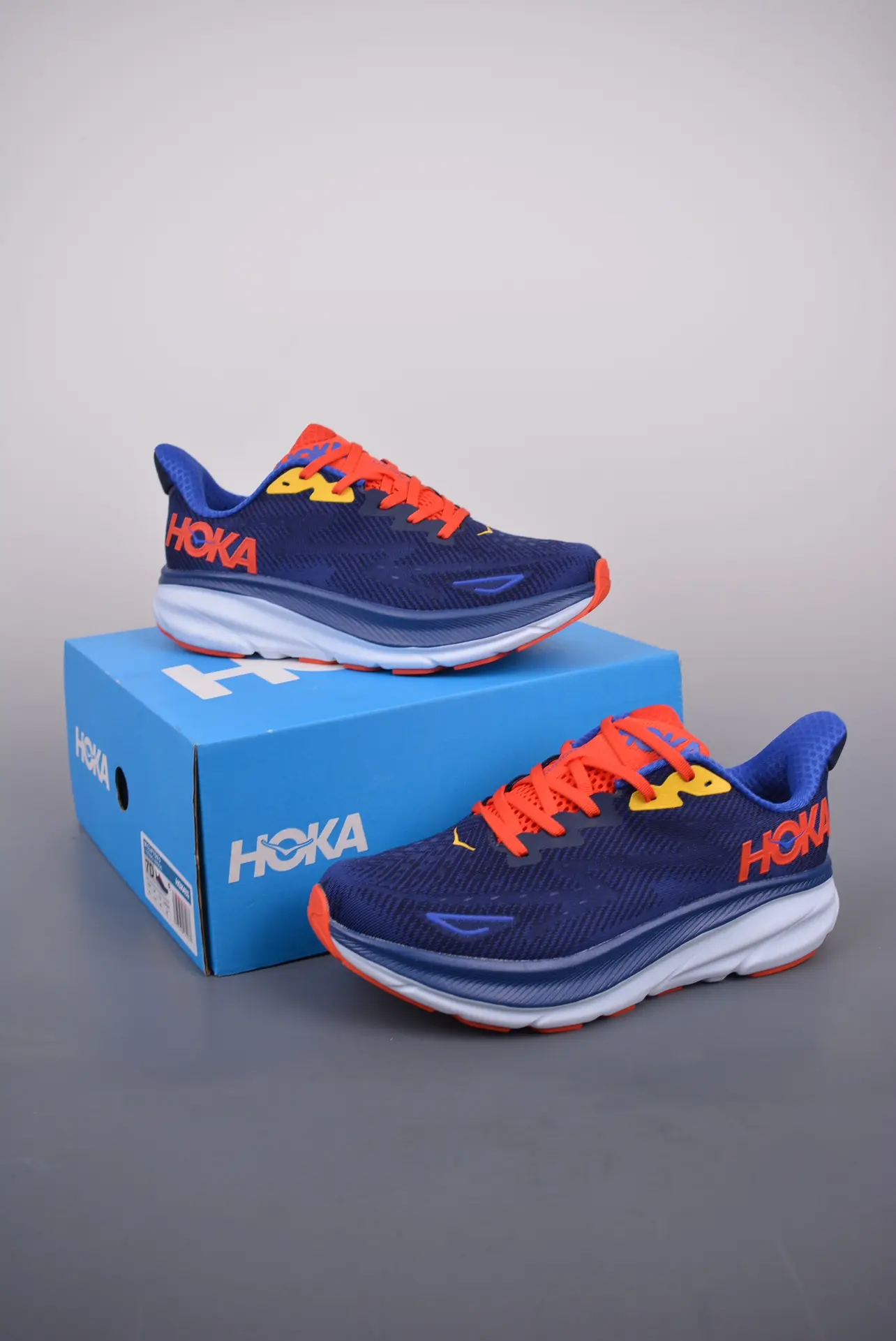
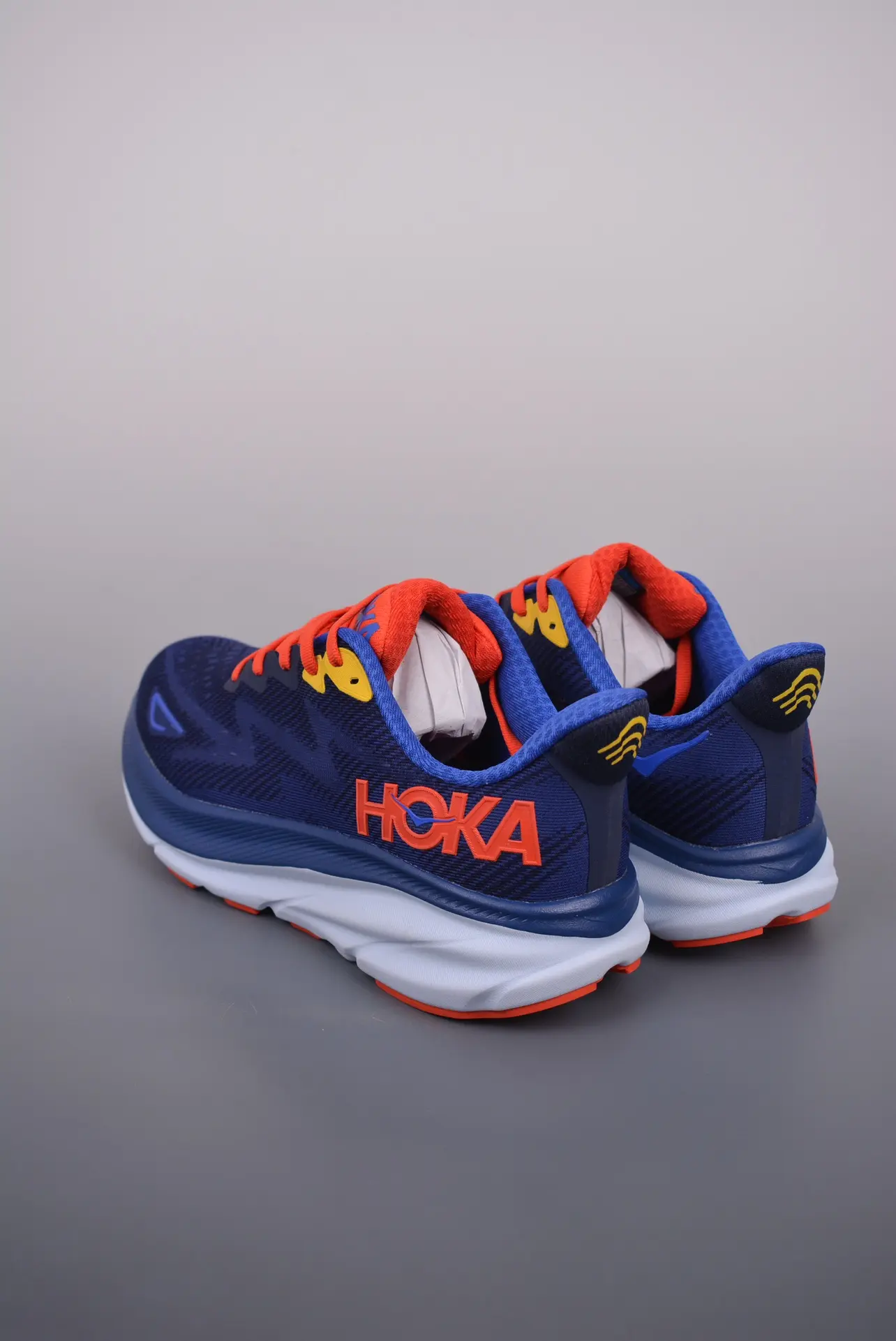
II. Where Are HOKA Shoes Made?
HOKA One One was founded in 2009 by two outdoor enthusiasts from France named Jean-Luc Diard and Nicolas Mermoud. While the brand originated in France itself, the manufacturing process has expanded globally over time due to its increasing popularity among athletes worldwide. Here are some key points about where HOKA shoes are made:
-
Initially designed in France:
- Founded by Jean-Luc Diard and Nicolas Mermoud.
- Known for innovative design focused on trail running performance.
-
Global expansion of manufacturing:
- In response to growing demand, the production of HOKA shoes has been scaled up internationally.
While the initial designs were conceived in France, close attention is paid towards quality control standards to ensure that HOKAs manufactured at various locations meet the high expectations associated with the brand. The global reach allows quick distribution and availability of HOKAs worldwide, resulting in rapid customer access regardless of geographical location. Whether your favorite pair comes from a factory located within France or from another country around the world, HOKAs have become synonymous with high-quality running sneakers thanks to constant innovation efforts to improve their performance features. Remember that the manufacturing location can vary depending on models of shoes.
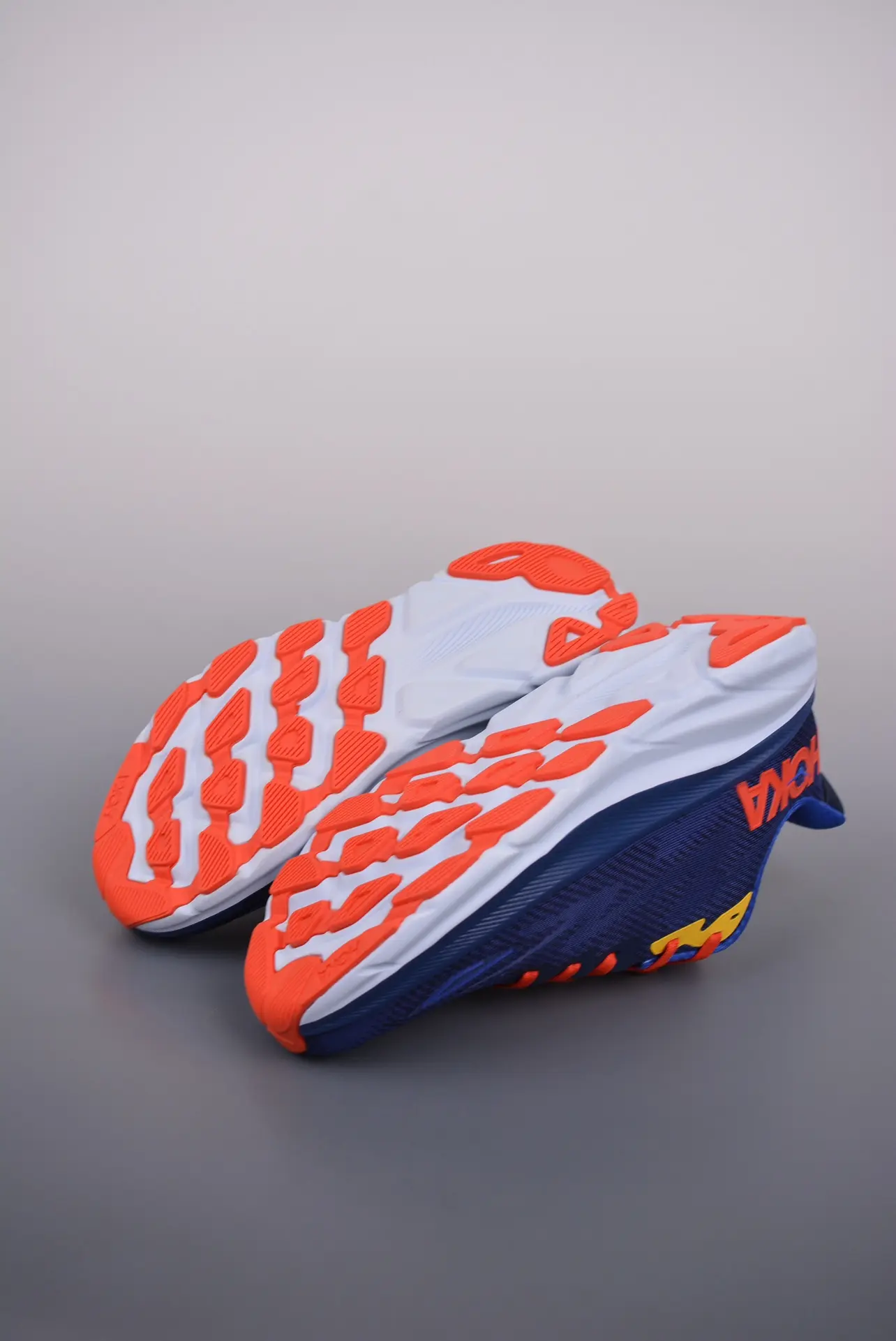
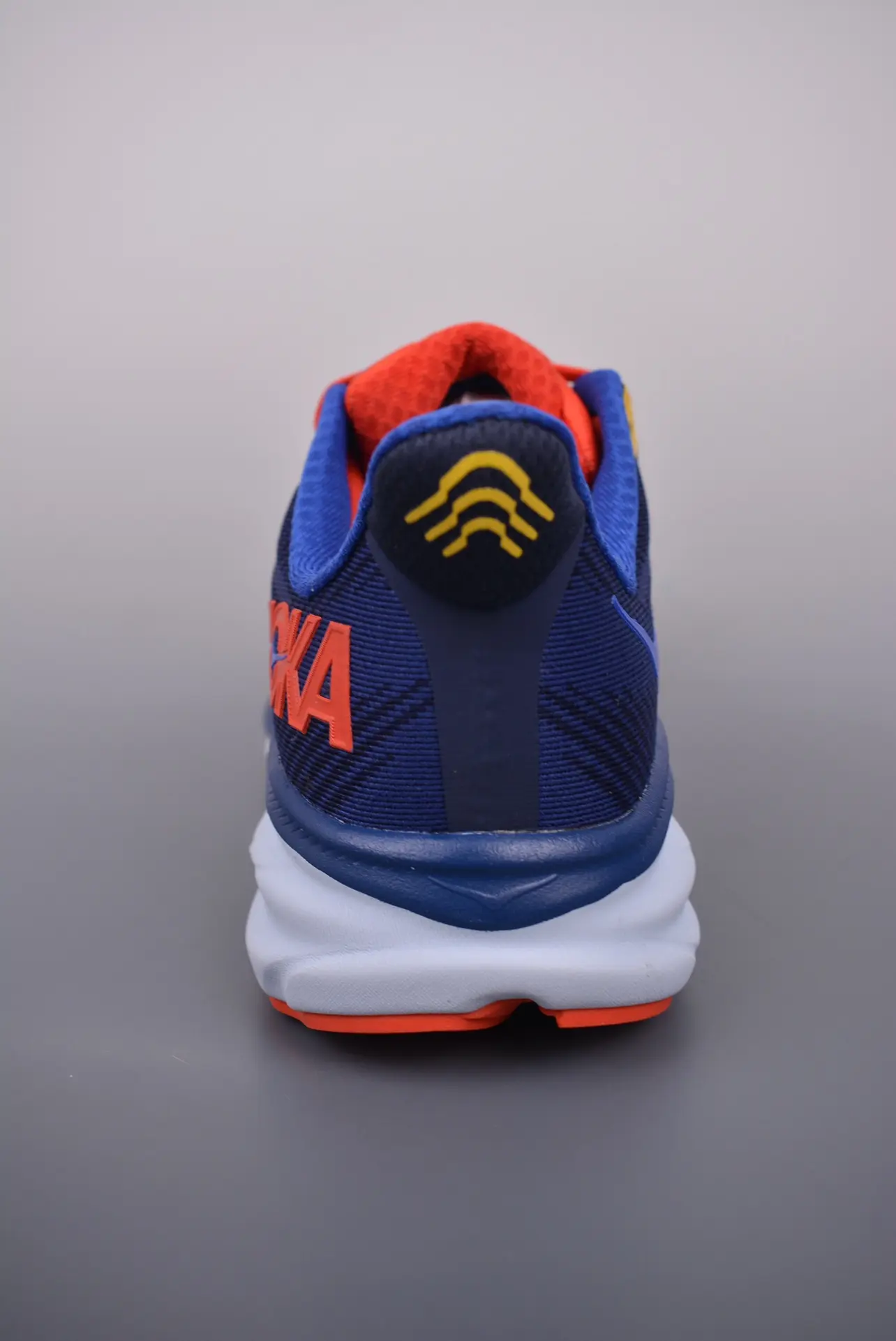
III. How to Clean HOKA Shoes
Taking proper care of your HOKA shoes is essential for maintaining their performance and longevity. Here are some easy steps to follow when cleaning your beloved pair:
1. Gather the necessary materials:
Before you begin, make sure you have the following items ready:
- Mild soap or detergent: Opt for a gentle soap that won’t damage the shoe materials.
- Soft-bristled brush: Use a soft brush like an old toothbrush or shoe brush to remove dirt and debris from the surface.
- Water: You’ll need water at room temperature.
2. Prepare your shoes:
Remove any excess dirt by gently tapping them together outside or using a soft cloth.
3. Handwash with mild soap:
Follow these steps for handwashing your HOKA shoes effectively:
a) Fill a basin with lukewarm water (not hot).
b) Add a small amount of mild soap/detergent into the water and mix until it creates suds.
c) Dip the soft-bristled brush in this soapy solution.
d) Gently scrub all areas of each shoe’s upper fabric, paying extra attention to stained spots or heavily soiled areas. Use circular motions on mesh sections if applicable.
e) For stubborn stains, apply more pressure but be cautious not to damage delicate parts.
f) Once cleaned, rinse well under cool running tap water, removing any residual soap.
g) Repeat the process if necessary until shoes are cleaned thoroughly.
Note: Avoid submerging HOKAs completely underwater as excessive soaking can harm cushioning material.
4. Drying Your Hokas Properly
After washing, carefully squeeze out excess water, taking care not to twist or squeeze too hard.
Place your shoes in a naturally ventilated area away from direct sunlight and heat sources to speed up the drying process.
Do not use a heating appliance such as a hairdryer or place them near radiators to accelerate the drying process. This can alter the shoe’s shape and even cause damage.
Allow shoes to dry naturally at room temperature.
5. Laces And Insole Cleaning:
- Remove laces and insoles before washing.
- Hand wash laces separately with mild soap and water, then let them air dry.
- For HOKA shoes with removable insoles:
- Gently handwash the insoles using mild detergent.
- Rinse thoroughly until no residual soap remains.
- Allow them to dry naturally before reinserting into the shoes.
6. Cleaning Outsole:
Use a soft-bristled brush or cloth to remove any dirt from the outsole of your HOKA shoes.
Avoid using abrasive cleaners or scrubbing tools that could damage the outsole materials.
7. Storage Tips:
To keep your HOKA shoes looking their best for longer periods, follow these storage tips:
- Store in a clean, dry area away from direct sunlight or damp conditions.
- Avoid piling other items on top of your sneakers as this can cause deformation or excessive pressure on the mid-soles.
- If possible, stuff with tissue paper or newspaper to help maintain their shape during storage period.
Remember, careful cleaning methods are crucial to maintaining the longevity of your favorite pair of HOKAs! By following these simple steps, you’ll be able to preserve both the durability and superior performance features they offer for a long time.
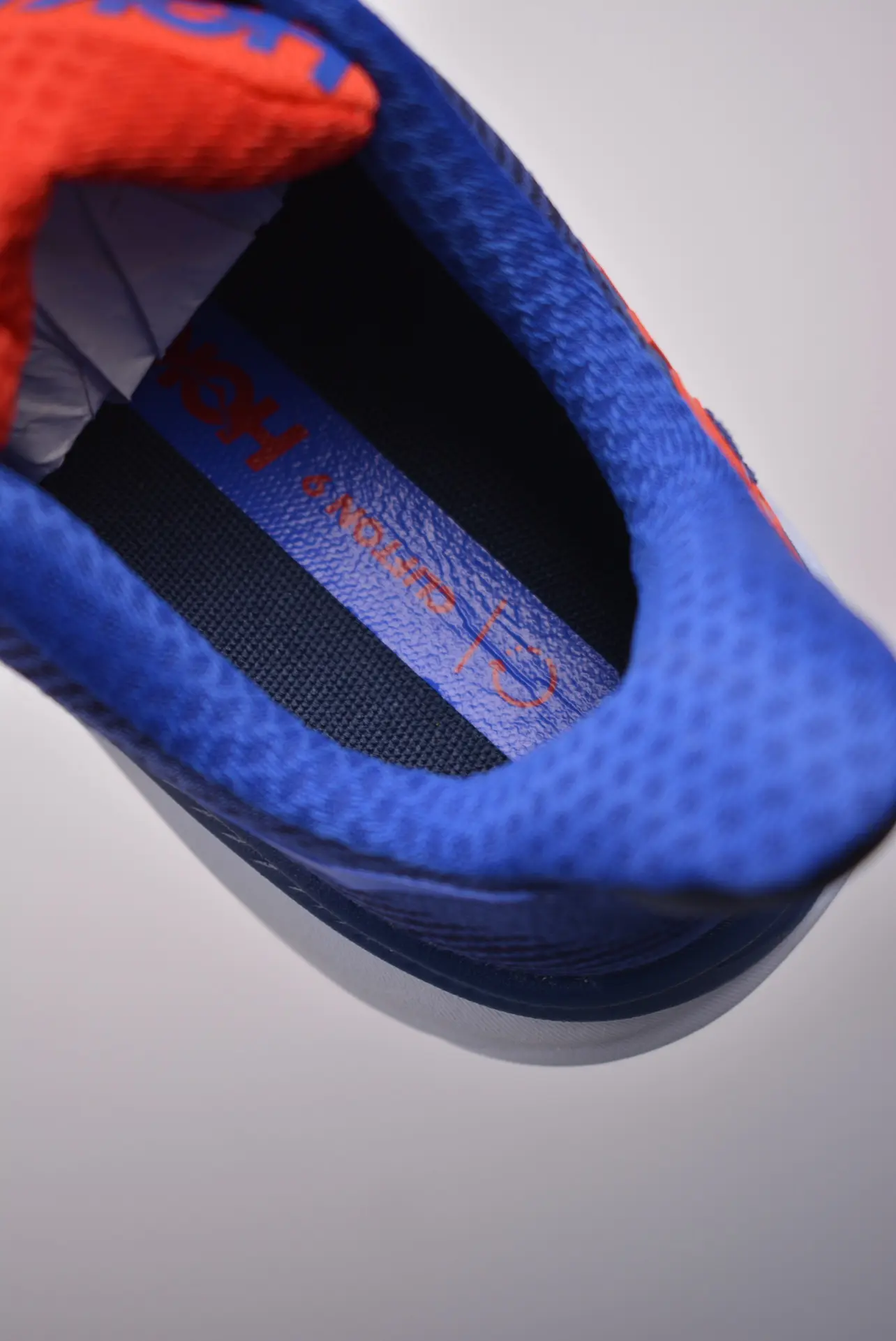
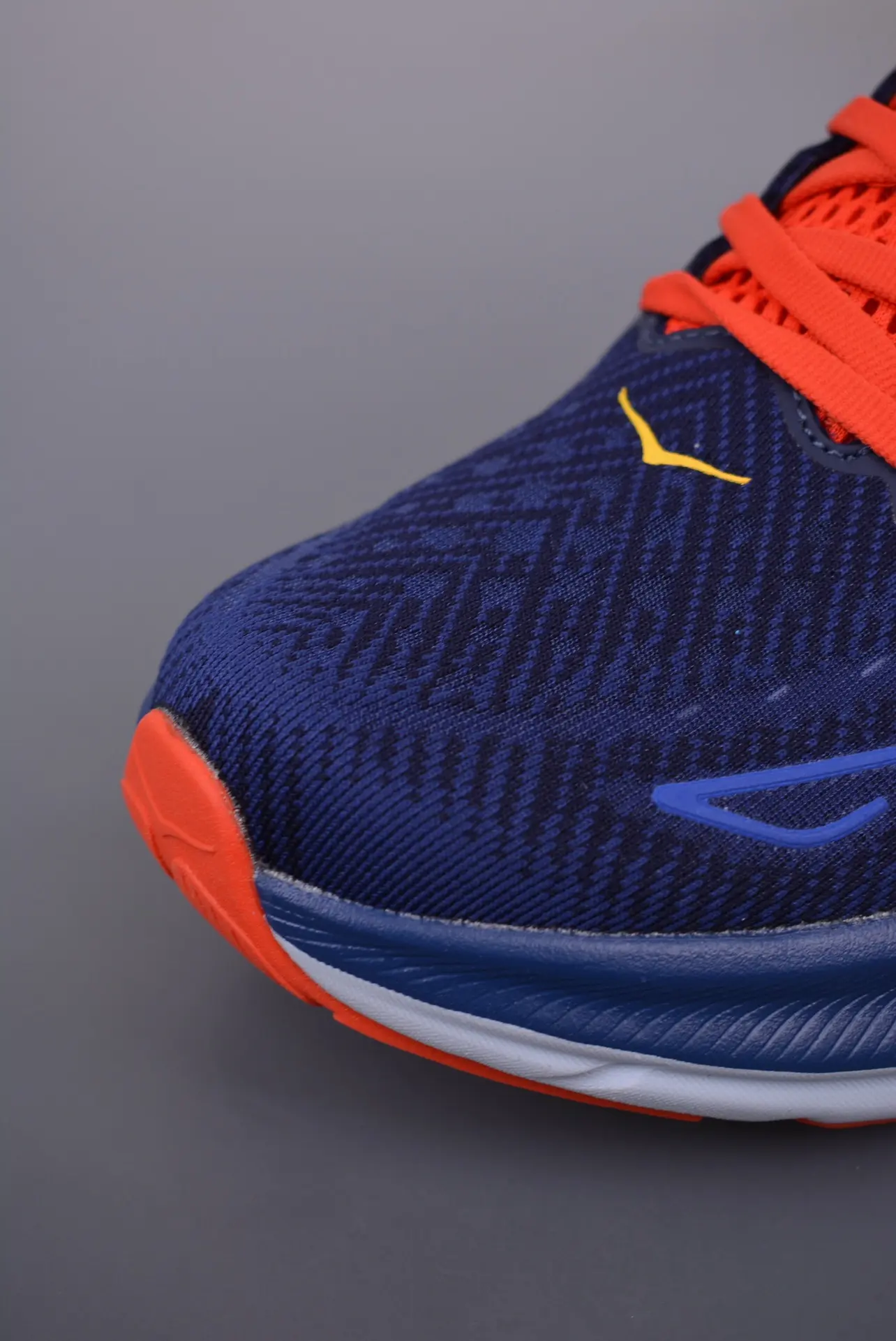
IV. Who Makes HOKA Shoes?
Hoka shoes are mostly made in China and Vietnam. Even though the company is located in California, it’s like many other companies that send their manufacturing work to Asia. Besides China and Vietnam, Hoka also uses factories in Cambodia, the Dominican Republic, and the Philippines.
V. How to Wash Your Hokas
Properly washing your HOKA shoes is important for maintaining their cleanliness and performance. Here are some easy steps to follow when washing your Hokas:
1. Determine the need for cleaning:
Before you begin, assess whether your HOKA shoes require a full wash or just spot-cleaning based on their level of dirtiness.
2. Remove any excess dirt:
Gently tap the soles of your shoes together outside to remove loose dirt and debris.
3. Handwashing technique:
For handwashing your HOKA shoes, follow these simple steps:
a) Fill a basin with lukewarm water (not hot).
b) Add a small amount of mild soap or detergent and mix until it creates suds.
c) Submerge one shoe at a time in the soapy water.
d) Gently scrub all areas of each shoe with a soft-bristled brush like an old toothbrush or shoe brush to remove any loose dirt, stains, and debris. Use circular motions on the mesh sections if applicable.
e) Rinse well under cool running tap water to remove the soap and dirt from the surface. Repeat the process for the second shoe following the same steps.
Note: Avoid soaking the entire shoe submerged in the water as excessive exposure can harm the material of the midsole.
4. Drying Your Hokas Properly
After cleaning, it’s important to dry your Hokas properly. Follow the steps below:
Carefully squeeze out excess water from each sneaker, taking care not to twist or squeeze too hard.
Place them in a naturally ventilated area away from direct sunlight and heat sources to speed up the drying process.
Do not use heating appliances such as a hairdryer or toss them near radiators as this may alter the shape of shoes and cause damage.
Allow your Hokas to dry naturally at room temperature. Depending on the weather conditions, it may take a day or two for them to be completely dry.
Note: Avoid wearing wet shoes as they can cause discomfort and potentially lead to foot-related issues.
By following these simple steps, you’ll be able to effectively wash your Hoka sneakers without compromising their performance and durability. Remember, taking care of your footwear helps prolong its lifespan so you can continue enjoying those comfortable runs!
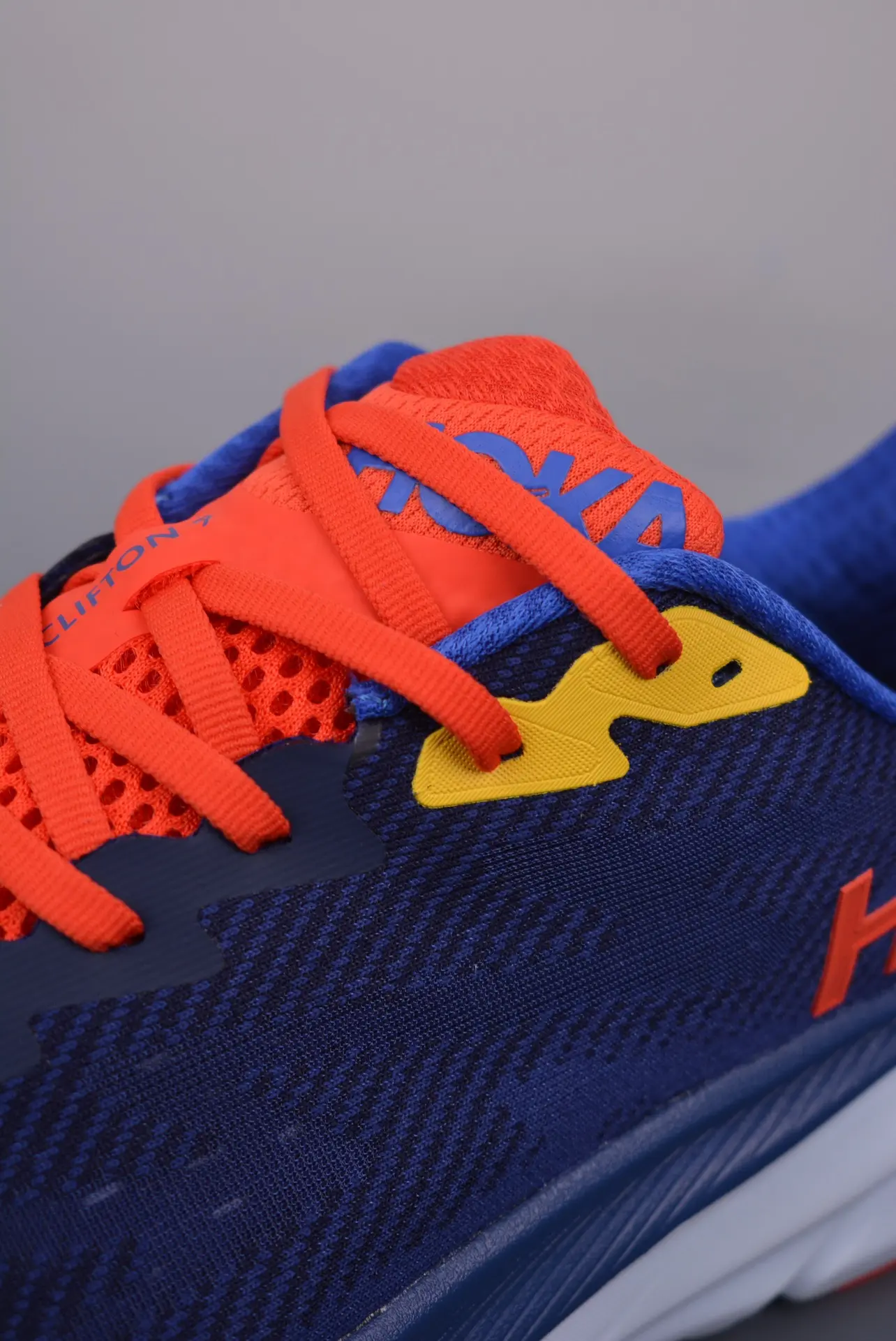
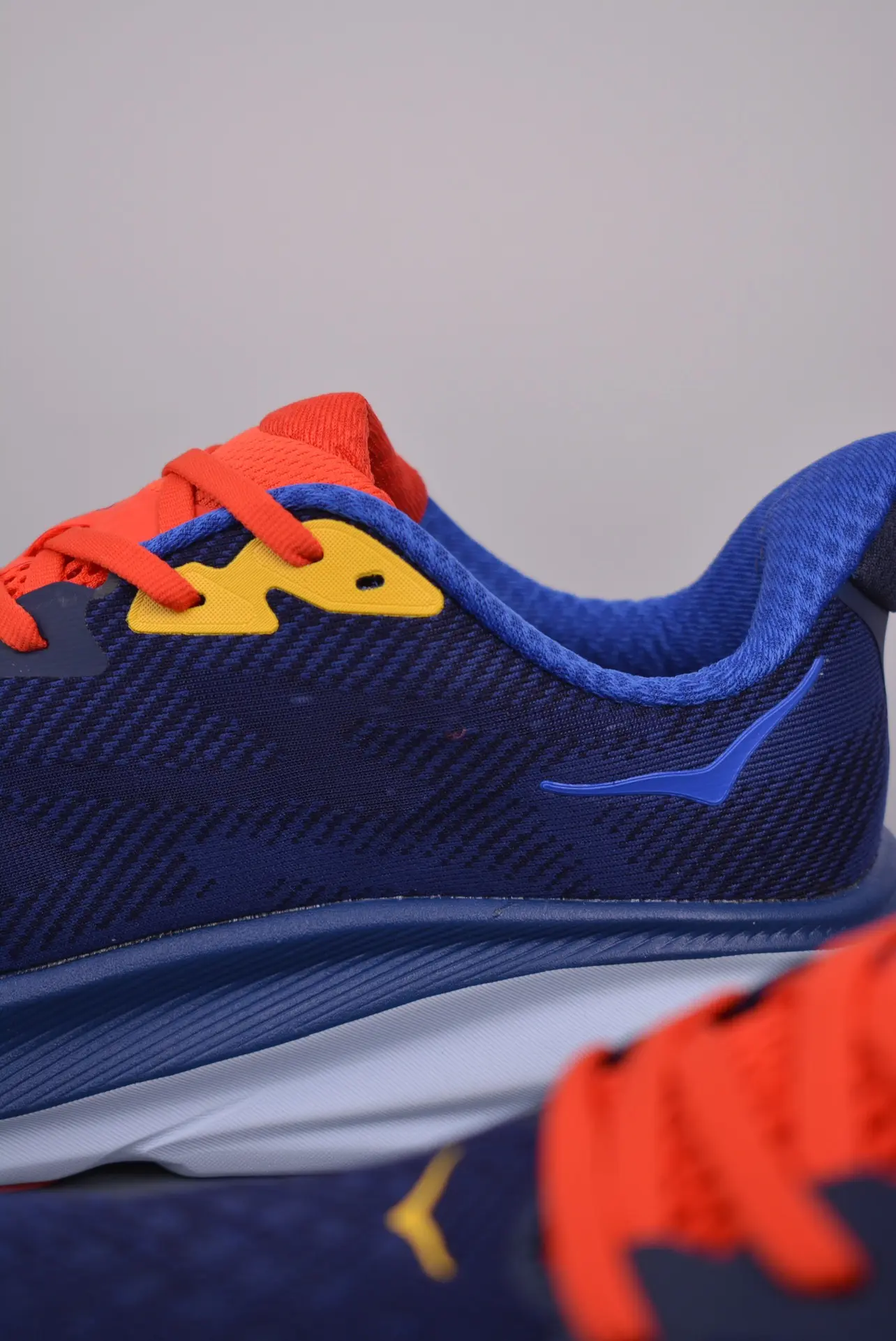
VI. Pros and Cons of Wearing Hokas
HOKA shoes have gained popularity among athletes for their unique design and performance-enhancing features. However, like any other footwear, they come with both advantages and disadvantages. Let’s explore the pros and cons of wearing Hokas:
Pros:
- Superior cushioning: Hoka shoes are known for their thick midsole cushioning that provides excellent shock absorption during activities such as running or hiking.
- Enhanced comfort: The generous amount of cushioning in Hokas offers a plush feel underfoot, reducing discomfort and fatigue during long periods of wear.
- Lightweight design: Despite having substantial cushioning, many Hoka models are surprisingly lightweight compared to traditional athletic shoes.
Cons:
- Limited breathability: Due to the extra padding on some models, Hoka shoes may have less overall breathability compared to other running shoes. This can lead to discomfort in hotter weather conditions.
- Durability concerns: Some users report durability issues with certain Hoka shoe models. The softer midsoles and lighter materials used in certain models may not provide the same longevity as those with sturdier construction.
However, it’s important to remember that the experience of wearing Hoka shoes can vary depending on individual preferences, body type, and activity level. It’s always recommended to try on the shoes before making a purchase or consult professionals for proper fitting. Ultimately, the decision about whether or not to invest in a pair of Hokas comes down to personal preference and research. Optimal results can be achieved by finding the pair that suits your feet, arch support needs, and enjoyment during runs. By weighing these pros and cons, you’ll be able to make an informed decision about whether Hoka shoes are the right choice for your fitness journey.
VII. Hoka Ownership: Who Owns Hoka Shoes?
HOKA One One is currently owned by Deckers Brands, a renowned global footwear company that specializes in designing high-performance shoes across various lifestyle categories.
-
Deckers Brands Overview:
- Established since 1973 and headquartered in Goleta, California.
- Known for its expertise in creating innovative and quality footwear products.
-
Acquisition of HOKA One One:
- In 2013, Deckers Brands acquired HOKA One One to further expand their portfolio of athletic footwear and bring the brand to new heights.
This partnership has allowed both companies to combine their strengths:
- The resources and equipment provided by Deckers Brands aid in enhancing the production process of Hoka shoes to meet the growing demand from athletes around the world.
- Collaborating with Deckers’ experienced design team ensures the continued development of cutting-edge technologies and innovative features into Hoka designs to enhance the athletic experience.
Together, Hoka One One and Deckers Brands have been able to meet the needs and redefine expectations of runners, hikers, and other sporting enthusiasts worldwide through their shared commitment to providing high-quality performance footwear to help individuals push their limits.
VIII. Conclusion
Throughout this article, we have explored various aspects related to HOKA shoes—from where they are made to how they should be cleaned—and discussed ownership details as well as pros and cons associated with wearing them. Here are some key takeaways:
- HOKAs originated from France but are now manufactured globally due to their skyrocketing popularity among athletes.
- Proper cleaning techniques like handwashing can help maintain the superior performance features offered by Hokas.
- Deckers Brands acquired HOKA One One in 2013, which significantly expanded the global reach and availability of Hoka shoes.
- Hokas offer advantages such as enhanced cushioning, comfort, and lightweight design but also have considerations like limited breathability and durability concerns depending on models of shoes.
It’s important to remember that choosing the right footwear is a personal decision based on individual preferences, body type, and activity level. Taking care of your Hoka shoes by following proper cleaning techniques will help prolong their longevity so you can continue enjoying their benefits for a long time. Whether you’re an avid runner or someone who seeks comfort in everyday activities, HOKA One One shoes can provide you with innovative design features aimed at enhancing your performance. So go ahead, take care of your beloved pair, and enjoy every step along the way!




